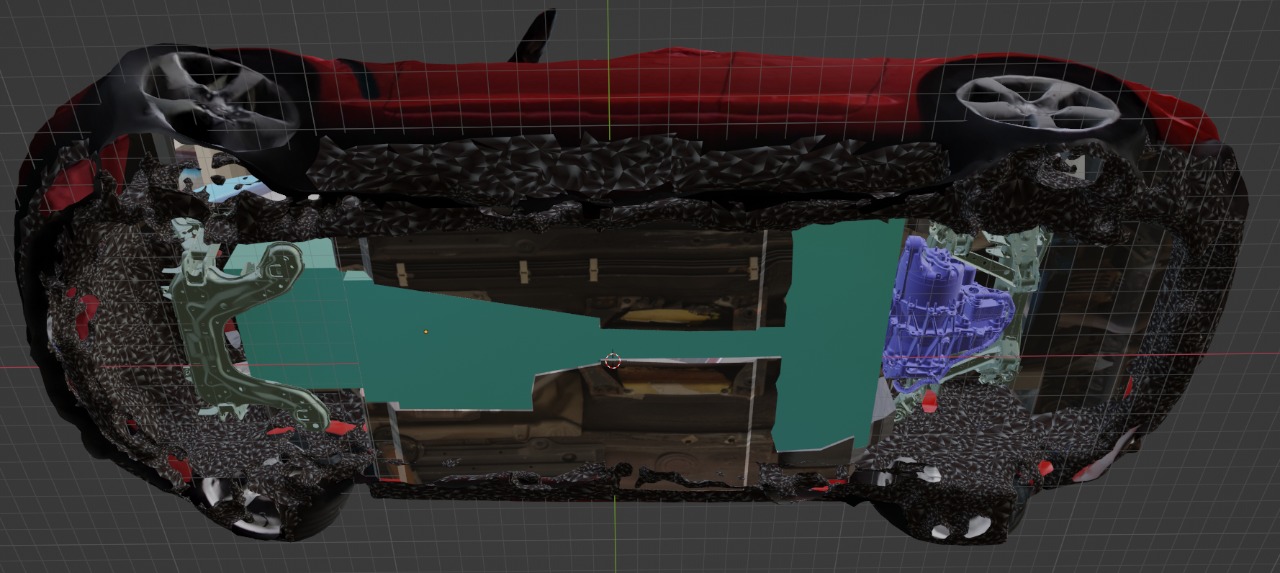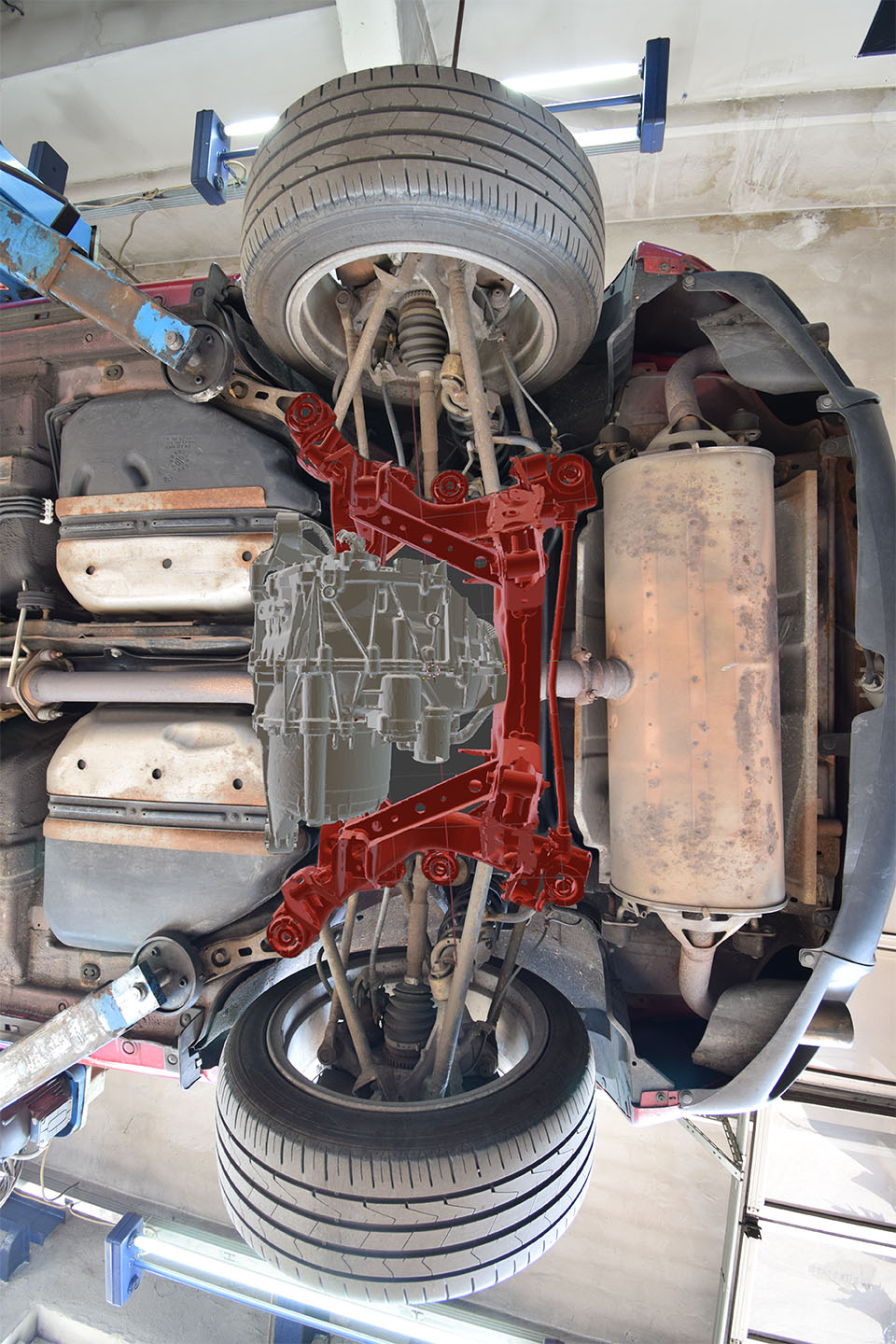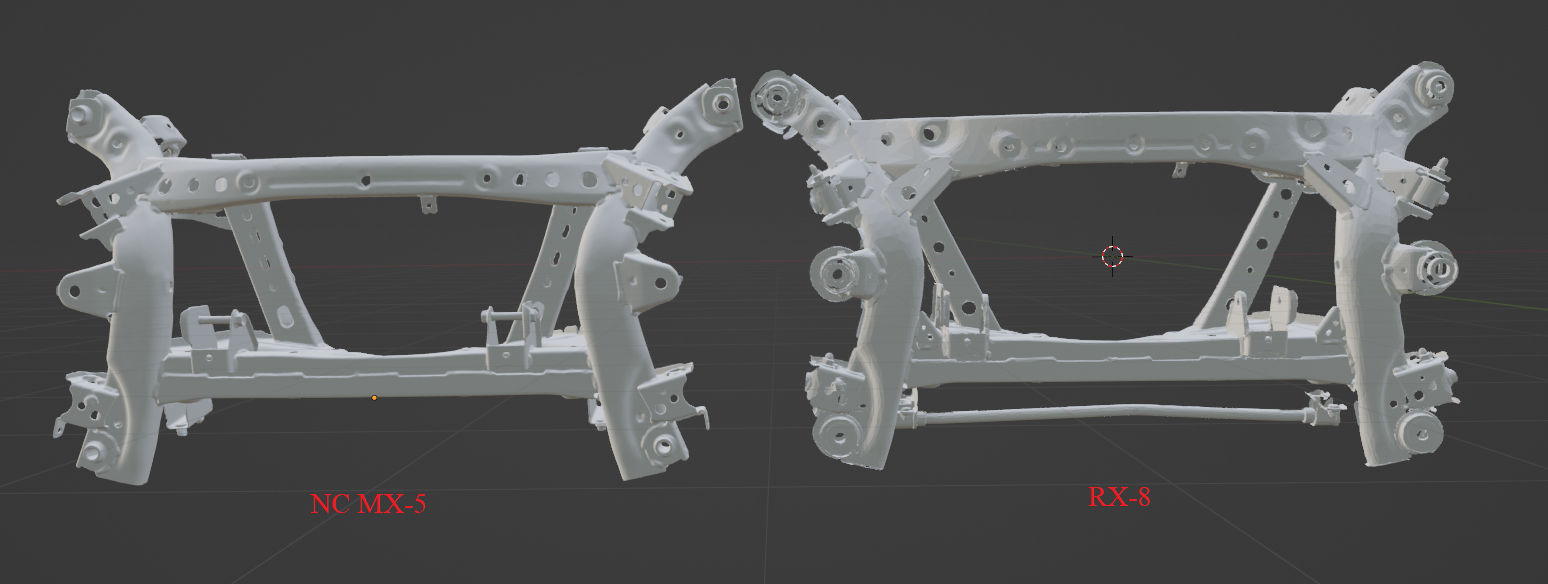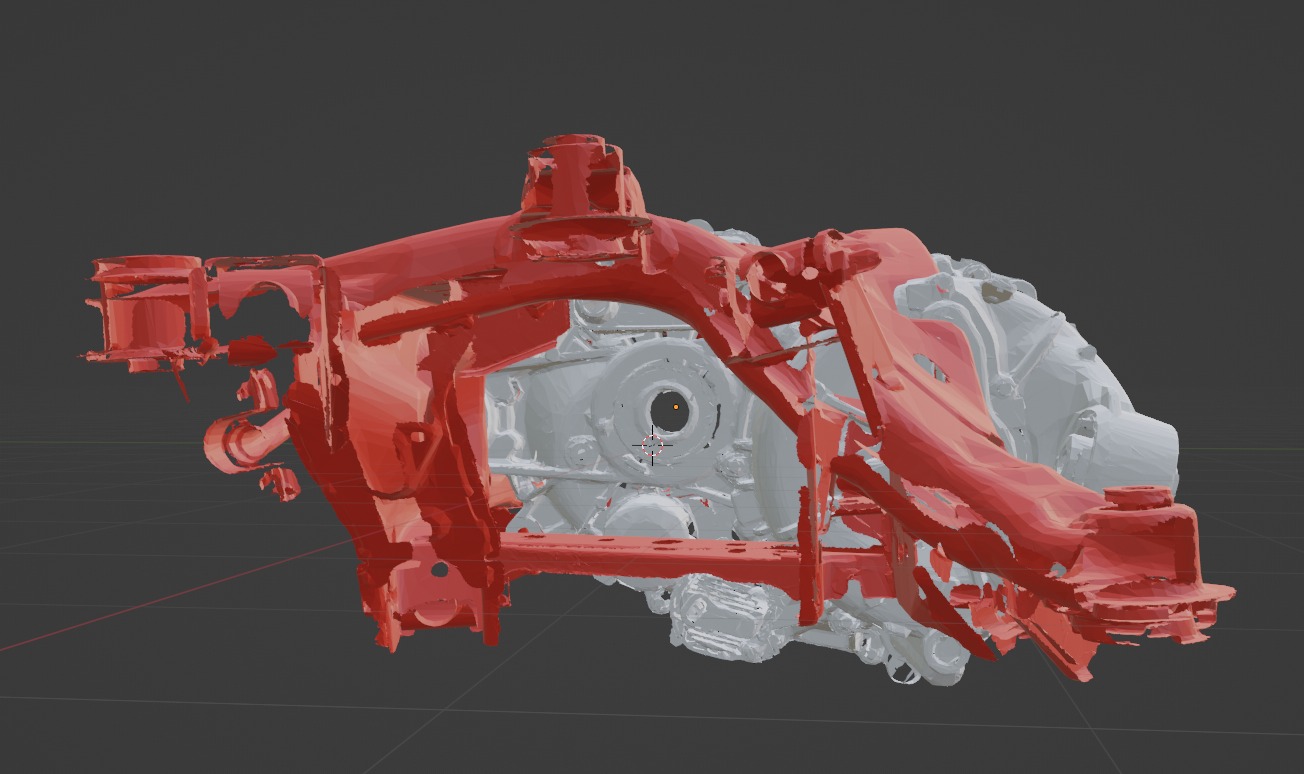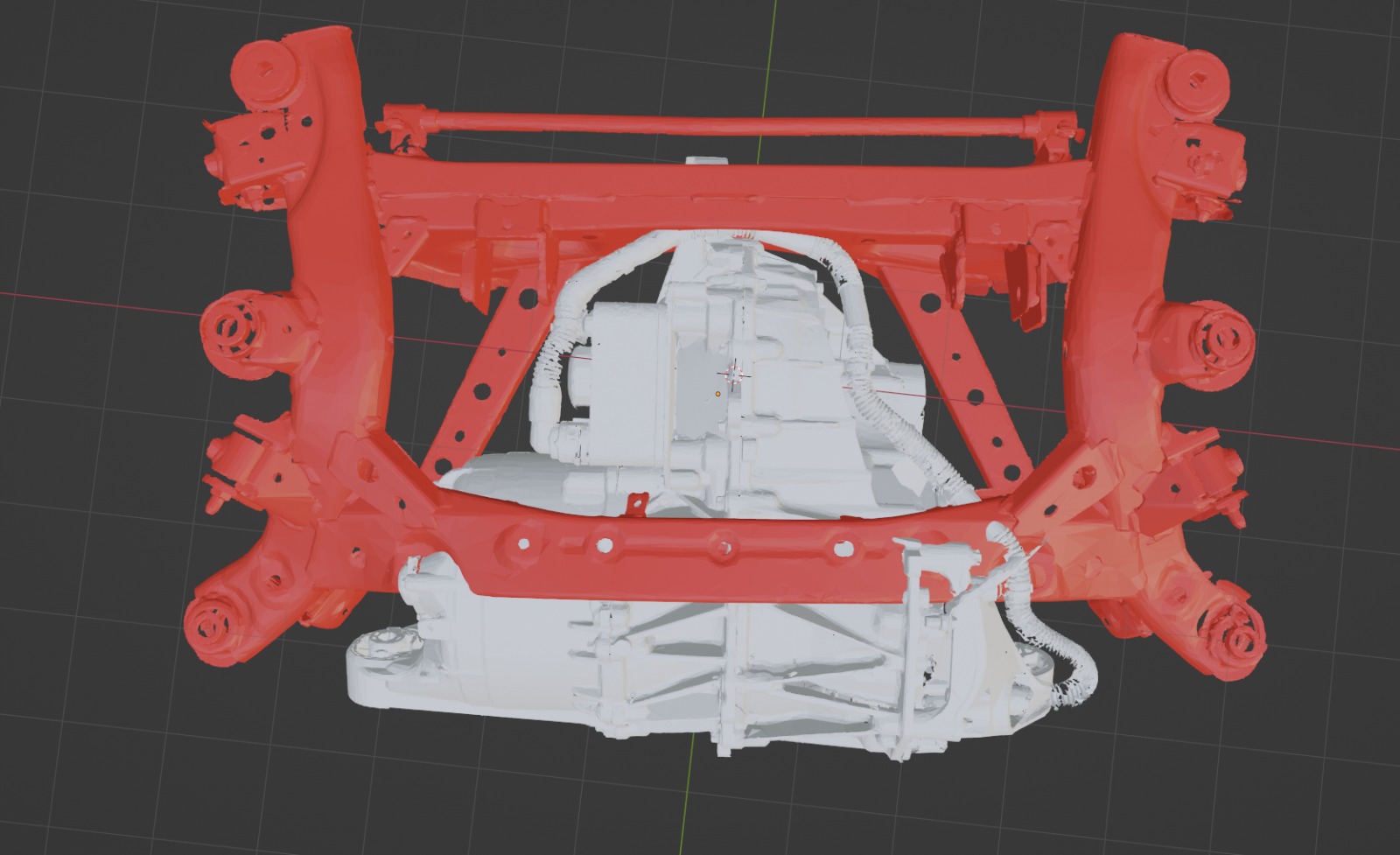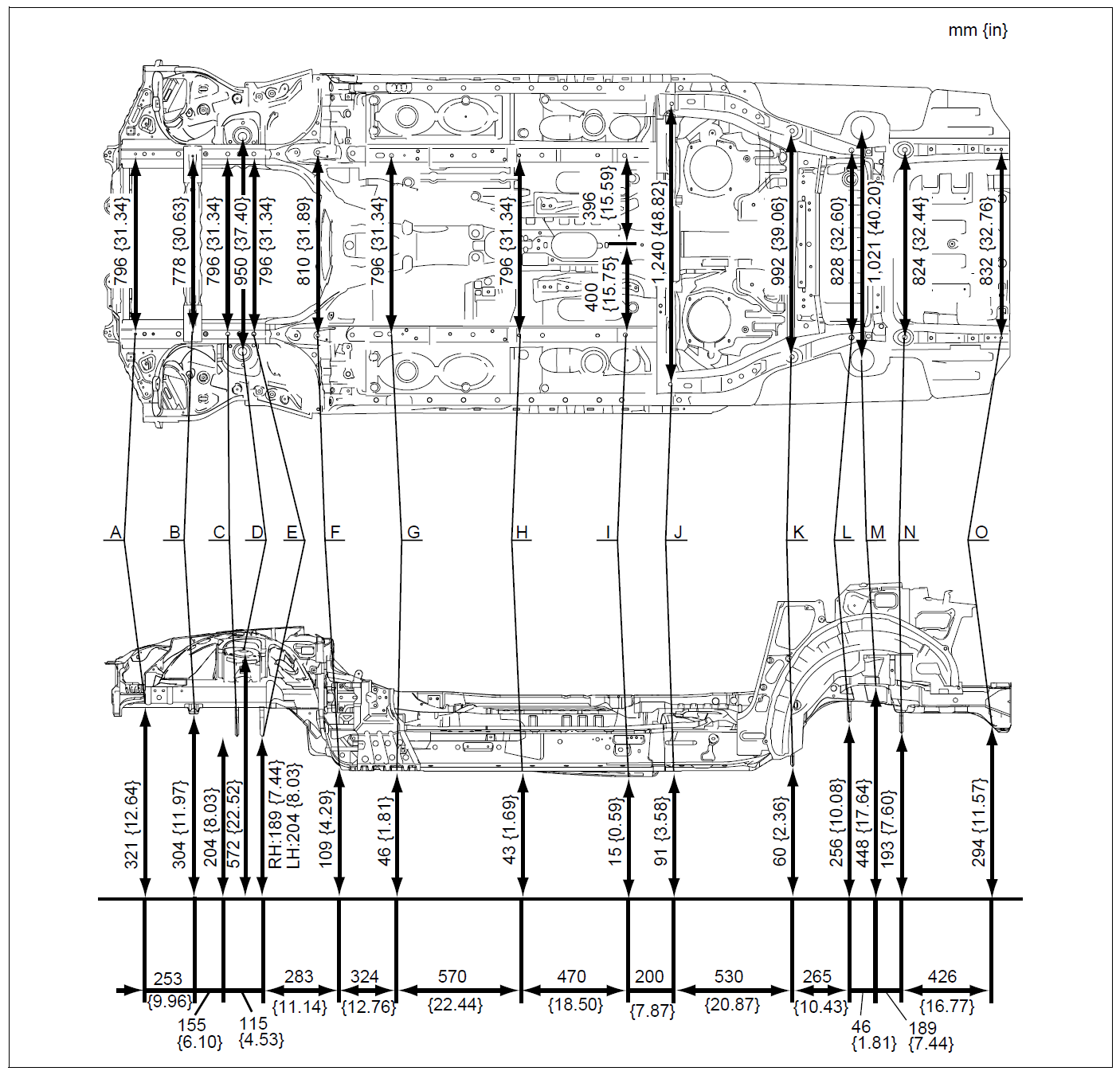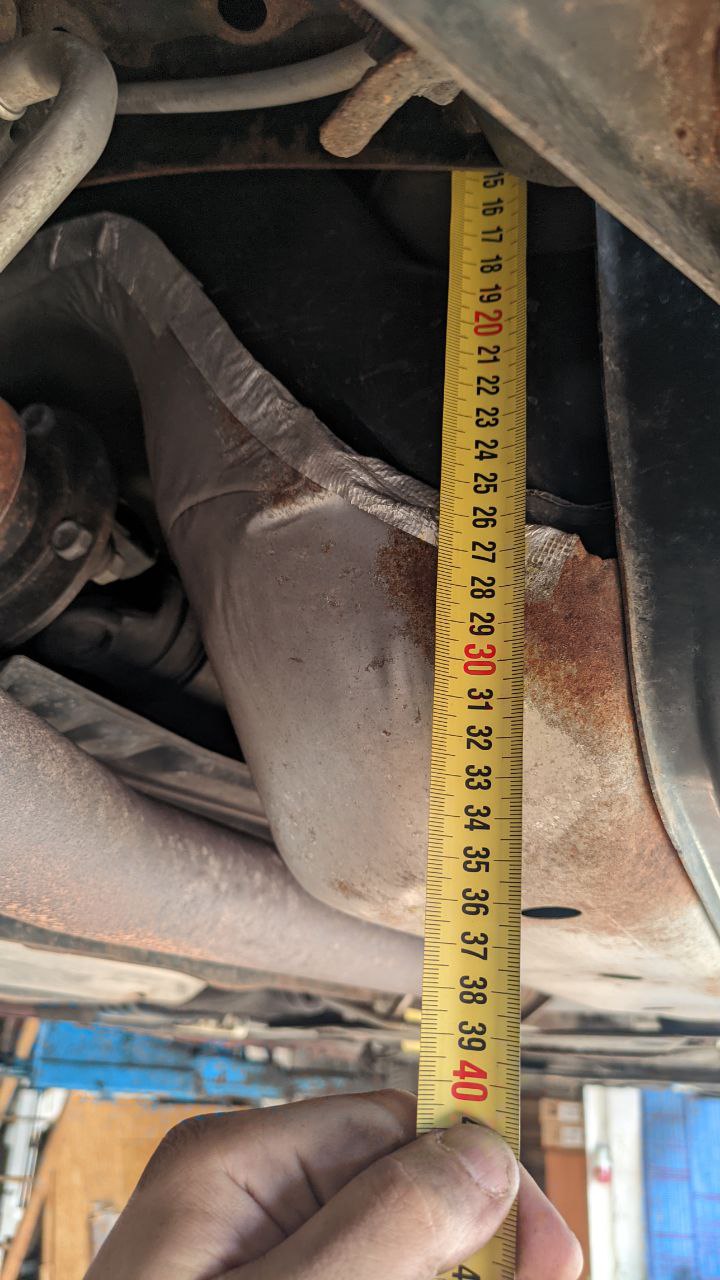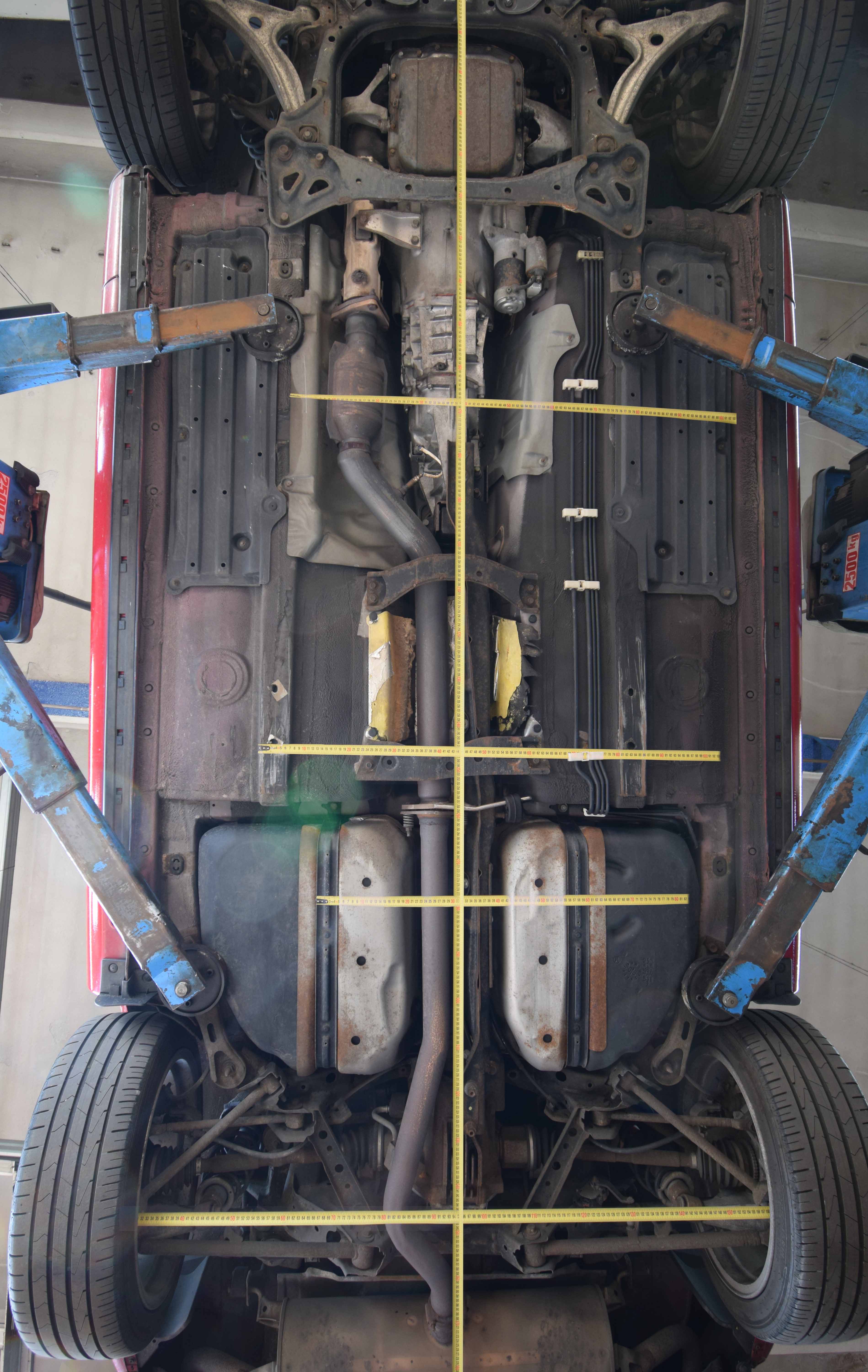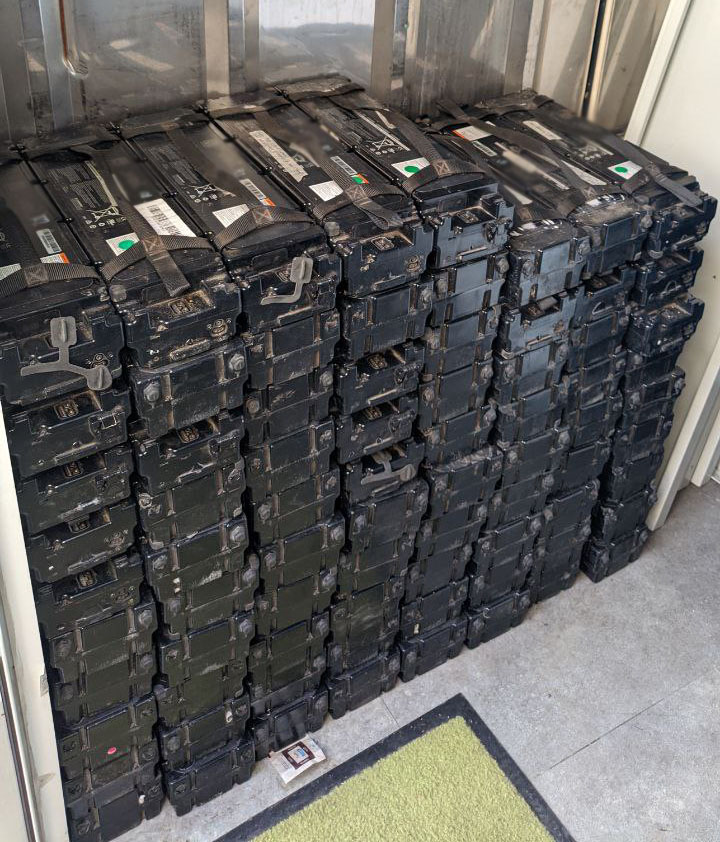I spent some time last night bothering friends of mine while I was drafting a rough version of the chassis to understand how much volume will be available for the battery module (which is next to be designed). The body shop manual was very helpful, but not 100% complete, so some of the measurements were useful after all.
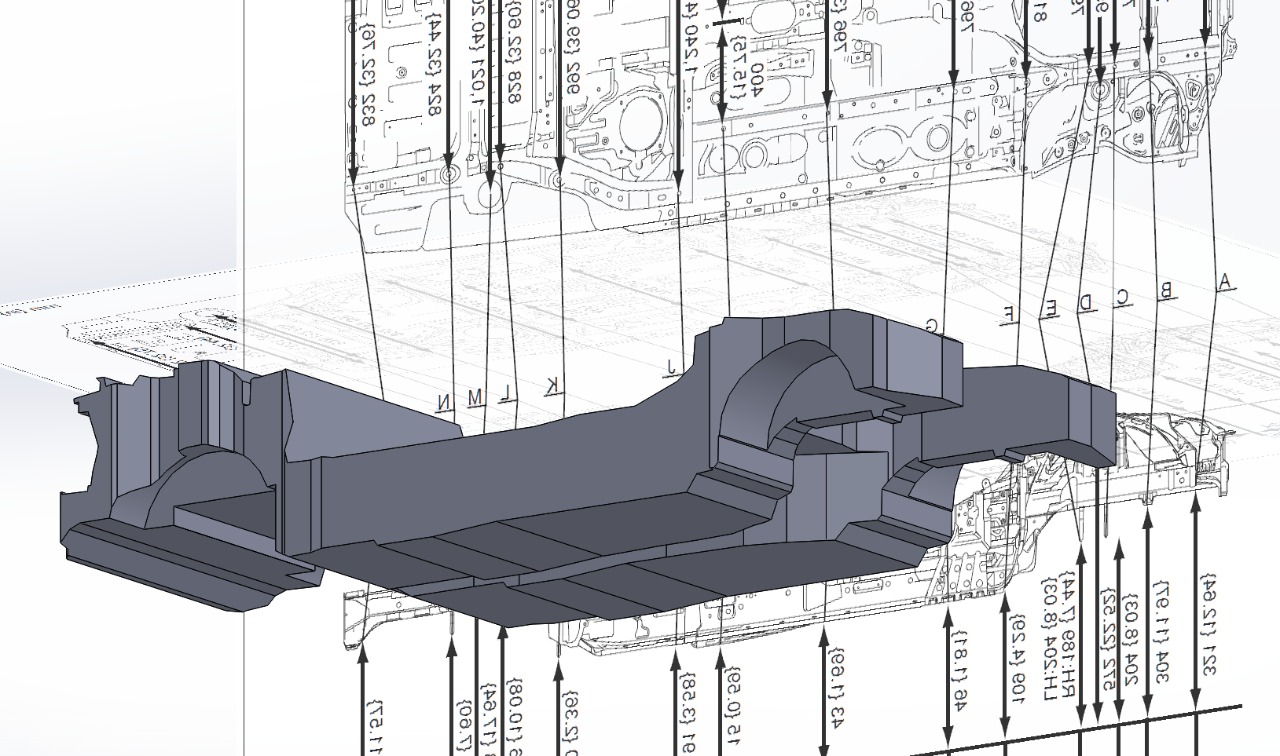
Conservatively, it looks like between the part of the fuel tank which isn't occupied by the motor, the transmission tunnel, and the area formerly occupied by the long block, there's around 380L of space for the battery pack, which has to include the battery cells themselves as well as any structure, wiring, bus bars, cooling, etc.
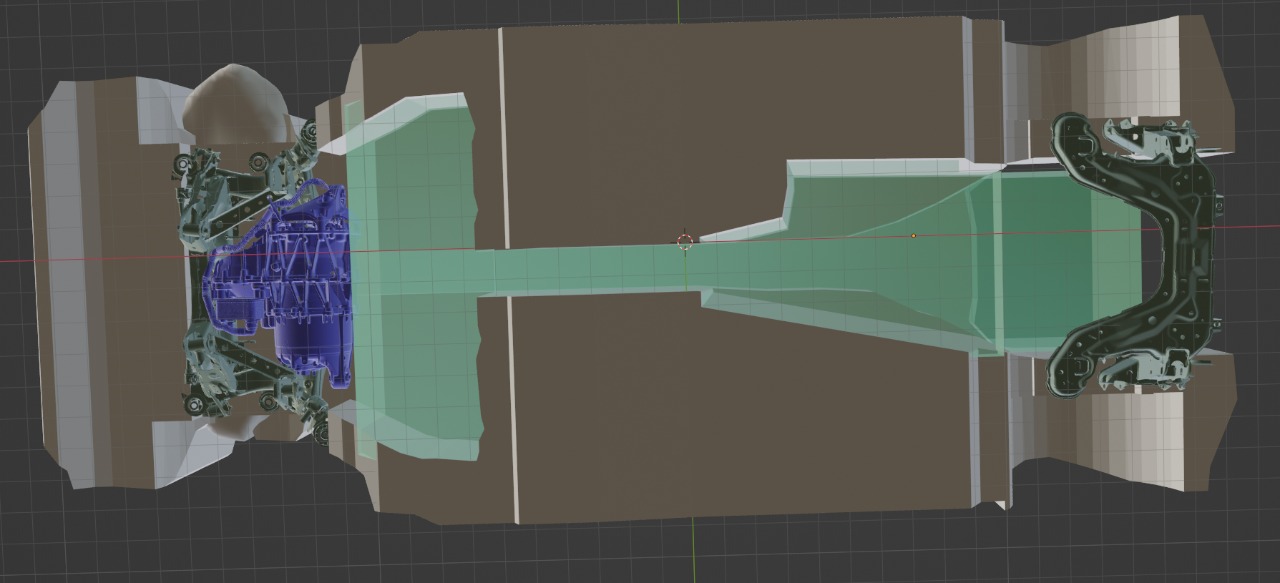
Using the existing NINEBOT scooter batteries as a rough reference for weight and volume (for a combined pack with overheads, not the individual cells), it looks like each kWh is about 4.4L, and will weigh about 7.3kg.
As the current plan is to build a 53.5kWh battery pack, that would mean the expected volume utilization is only 240L. Having "so much" extra space available is really good, as I expect that to shrink due to additional packaging and cooling overhead, and it will let me ensure the center of mass and weight distribution changes a little as possible.
Speaking of weight, I ran through the list of things which are being removed vs the things which are being added:
- renesis engine: 297pounds
- transmission: 80 pounds
- rear diff: 75 pounds
- exhaust: 40 pounds
- full gas tank: 100 pounds
sum old bits: 592 pounds, 270kg
- battery pack - 53.5kWh * 7.3kg = 390kg
- motor: 90kg
- AC/DC, DC/DC, and PDU: 15kg
sum new bits: ~500kg
so it looks like the car will gain about 230kg, which according to this spec sheet is within the cargo capacity of 425kg.
